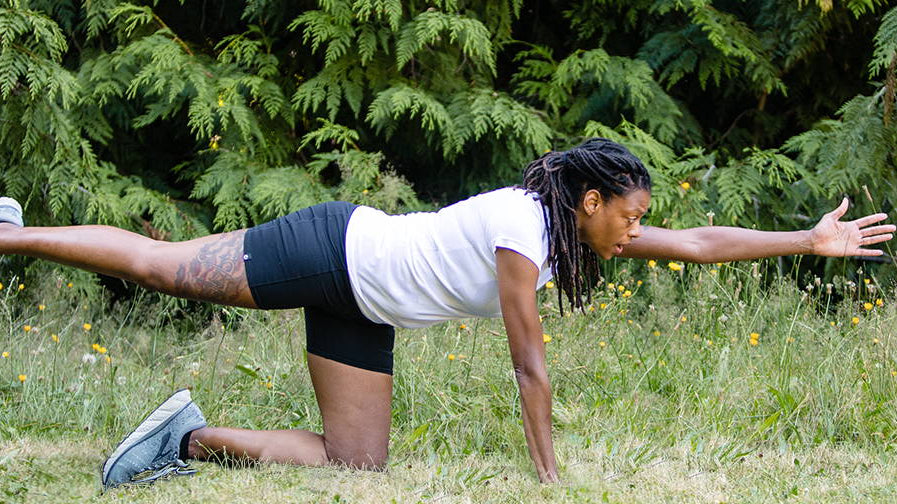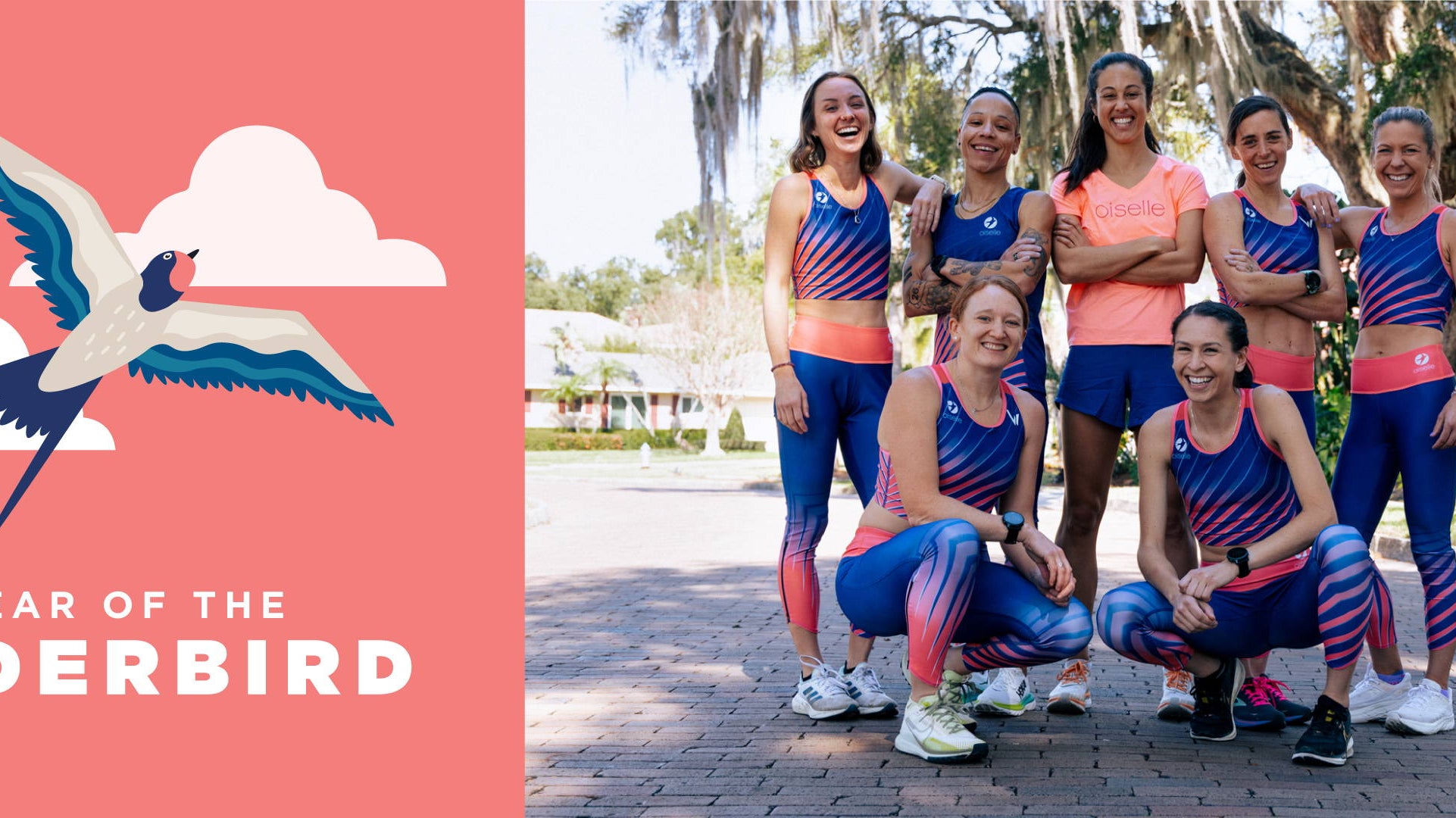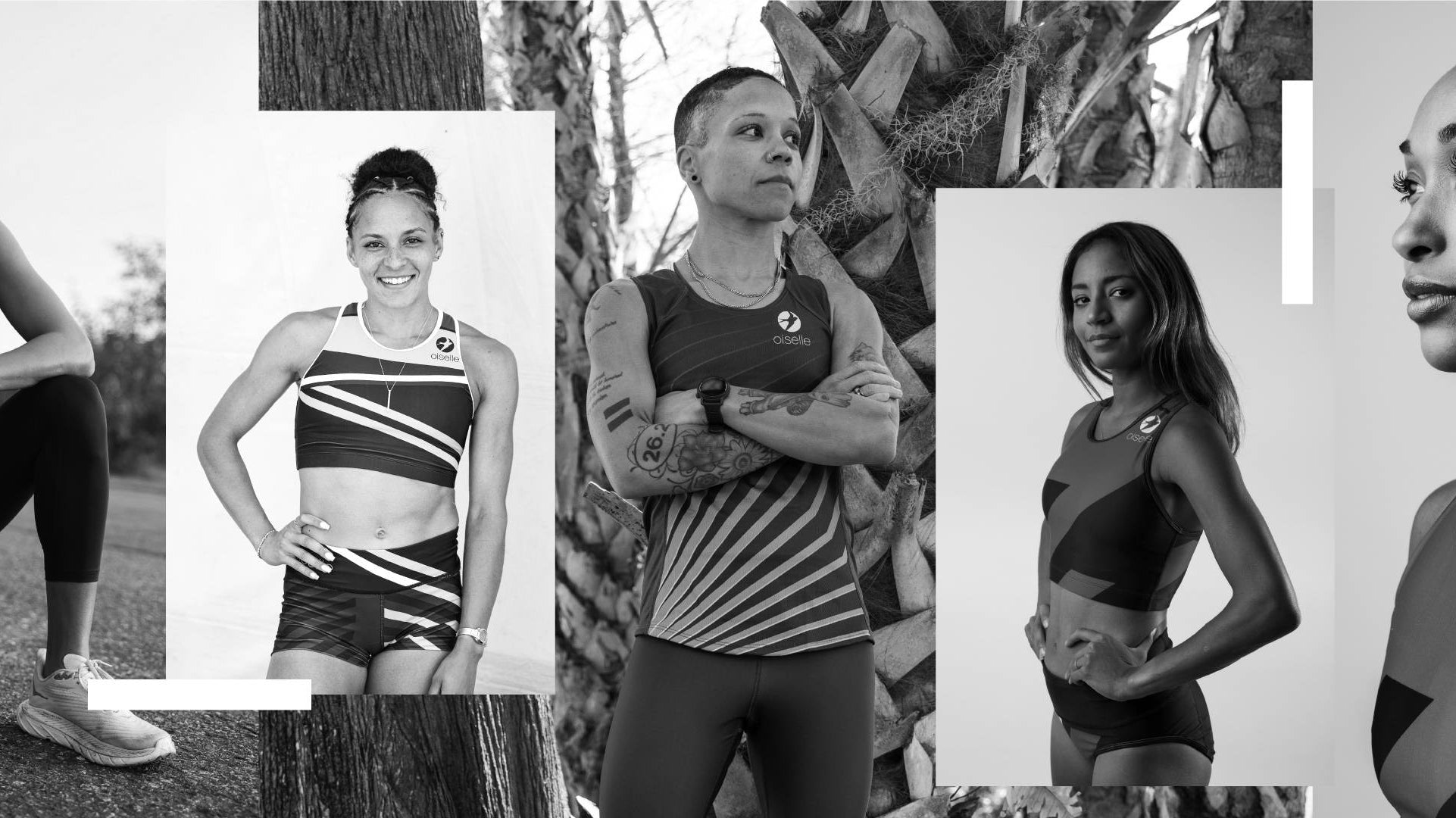You’ve heard us say Community is Everything and for some, this community is literally right outside their doorstep. With the pandemic causing quarantine restrictions and loss of jobs, we’ve seen Mutual Aid programs in neighborhoods throughout the country coming together to support those in their local communities. Our NYC Volée leader, Daniela Alvarado shares her experience on how a Mutual Aid program was set up and functions in her Upper West Side neighborhood.
For the past 5 years, I have lived on the Upper West Side of Manhattan, in a neighborhood known as Lincoln Square. You may recognize it if you have watched a Nora Ephron film, like You’ve Got Mail, or When Harry Met Sally, or, perhaps more relevant to this readership, if you have run the New York City Marathon. Until August, my apartment was right around the corner from the location where Meg Ryan’s character in You’ve Got Mail had her bookstore, on West 69th Street. It was also about 3 blocks from the marathon finish line. While the neighborhood’s landmarks make it exceptional, I have learned that even more exceptional, is its community, which is led by the West 69th Street Block Association.
The West 69th Street Block Association is one of the oldest in New York City. Founded in 1969, the Block Association is known around the city for its annual Halloween party, as well as block parties during the summer and winter months and Saturday morning coffee on the curb gatherings. It consists of various committees that oversee the issues the neighborhood faces, notifies neighbors of any important updates regarding the neighborhood, and serves as a liaison with local government officials on behalf of the block’s residents. Many of the residents have lived in the neighborhood for decades, and with such a tight-knit community it is easy to understand why. Prior to this year, I had occasionally attended the neighborhood block parties and often enjoyed a cup of coffee on my way back from a long run on a Saturday.
I never got too involved with the Block Association, until the COVID 19 crisis hit New York this spring. In March, shortly after state and local governments enacted lockdowns, as lines for groceries and essentials got longer and longer, and as delivery services became almost non-existent, a neighbor posted on the Block Association’s Facebook page offering assistance for any elderly and vulnerable neighbors who might need it. I too reached out to the Block Association’s president, and I offered to coordinate the charge. A number of others followed suit in offering to help.
Within one week, we had a roster of about 40 people, most of them in their 20s and 30s, willing to assist neighbors in need. With the Block Association, we put together a survey for volunteers, asking for contact information, while also asking that they specify their last dates of travel, whether they had been in contact with anyone testing positive for COVID, or if they had had any symptoms. From there, I drafted a flyer (with the Block Association President’s input) letting people know that we were available to help run errands. A volunteer and I posted flyers on every door on the two-block stretch of our street. We also found a point person in each building to try to identify any elderly neighbors who might be less mobile, and therefore less likely to see the flyer. Almost immediately, we got requests for assistance via phone and email, at times up to five or six per day. As the coordinator of the volunteer group, I reviewed each request and matched the request with available volunteers. I also put together some guidelines for checking in with the neighbor who had requested assistance, conducting a smooth delivery, and for working out financials. Overall, I was very impressed with all of my neighbors during this time, especially the volunteers. The younger generations of residents really showed up for the elderly and vulnerable when they needed it most.
Every evening at 7PM on the dot, everyone would open their windows to clap, bang pots and pans and play music for the first responders from the safety of their homes.
For the neighborhood, spring into summer was a bittersweet time. Every evening at 7PM on the dot, everyone would open their windows to clap, bang pots and pans and play music for the first responders from the safety of their homes. The hotline was busy – we often helped people with their basic needs, picking up items such as a loaf of bread and a gallon of milk, or analgesics, or even special treats, like fresh roasted coffee beans from a favorite store. Neighbors showed their appreciation by delivering baked goods and sweets for the volunteers. We lost some friends and neighbors to COVID and related issues, and due to fluctuating rents in the neighborhood, some people, myself included, began to move out. By July, however, New York City saw a turning point. The COVID-19 transmission rate slowed to almost a halt, and we began to see days with zero deaths resulting from the coronavirus. More stores reopened, people returned to the streets, and life has since returned to a (distant) version of normalcy. As a result, fewer and fewer people have requested assistance since this summer.
As seasons change, we recognize that another wave of the virus is likely, and we are preparing for it. Although I did leave my old apartment on West 69th Street, my new apartment is less than a quarter mile west of my old neighborhood, and I plan on continuing my duties for as long as I am needed. In the past week, I have spoken with the Block Association President about some ideas I have to re-energize our corps of mutual aid volunteers. We have a new set of flyers going up in the very near future. We know that there are new neighbors who are ready and willing to help. Together, we will weather the upcoming winter, regardless of whatever it may bring.
Together, we will weather the upcoming winter, regardless of whatever it may bring.











Comments
Very nice writing Dani and very proud of you. The UWS is a wonderful neighborhood i am sure it will soon come back to its usual great lifestyle